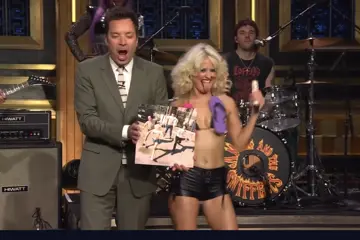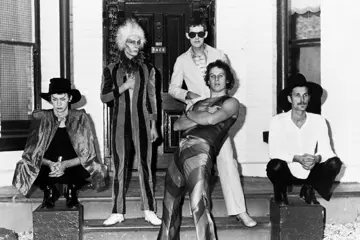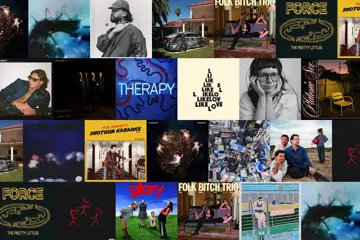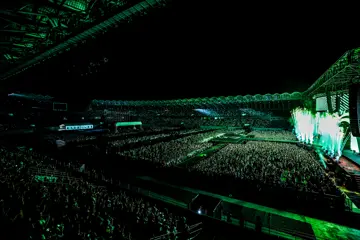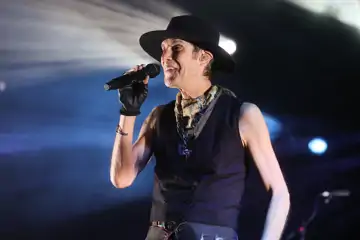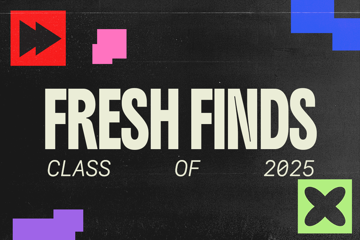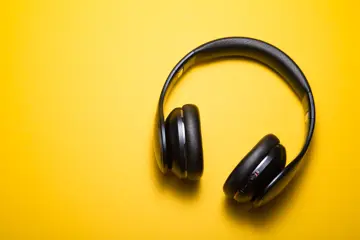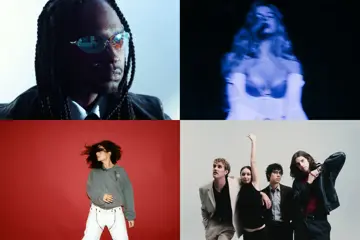Looking back at how we consumed music at the start of the decade, chances are that you were listening to the country’s #1 song, Eminem and Rihanna’s Love The Way You Lie, on an iPhone 4 - downloaded via the iTunes store or uploaded from a CD you bought. Things have changed a whole lot since then, with mediums like CD and DVD making substantial losses and streaming paving the way forward.
Streaming
In ARIA’s 2018 wholesale figures report, the organisation reported that streaming - including subscription services like Spotify and Apple Music, and non-subscription offerings like YouTube and Vevo - now accounts for a whopping 71.4% of the market value of recorded music, seeing a 41.2% bump over the year.
APRA AMCOS' Head Of Music Revenue & Licensing Richard Mallett says that the introduction of streaming has heavily impacted the amount of data the organisation now processes for artists. “But this is a good thing,” assures Mallett, “because it means that a wider range of music is being heard than ever before and as a result, we’re paying more songwriters and composers than ever before." The financial impact of this is easy to see, considering that by APRA AMCOS' figures streaming has increased 4,275% since 2012-13, meaning revenue growth from $2.4m to $105m in 2018-19.
Additionally, this has impacted the way that ARIA Chart figures are recorded and reported. “It's very important that the ARIA Chart continues to evolve and reflect how people are consuming music,” says ARIA’s Chief Executive Dan Rosen of their choice to add streaming to the weekly Singles and Albums chart figures at different points in the decade.
“It’s completely reversed between physical to digital over the course of the ten years,” he says. “And within that, the vast majority is streaming, which didn't exist at the beginning of the decade... From a format that didn't even exist ten years ago and wasn't dominant five years ago.”
Video
“The rate of change is exhilarating,” says YouTube’s Head Of Music Content Partnerships (South East Asia, AU/NZ), Ruuben van den Heuvel. “Just when you think this must be it, a new thing pops up and takes the world by storm.” It’s a sentiment that carries easily over to YouTube - the little video platform that could. With over two million artists now using it to engage with fans, YouTube has experienced huge growth in its nearly 15-year history and has helped change the way people find new music. Last year saw YouTube Music revamped as paid subscription service, introducing another revenue arm to the business.
“Music consumption has no physical borders or language barriers," says van den Heuvel. "Take Bollywood for example: week-to-week in 2019, on average 20% of the entries on the Global Top Songs chart have featured Indian artists. A year ago no videos featuring Indian artists had surpassed 500 million views. Today, eight videos have reached the milestone, with more set to cross over in the coming months. BLACKPINK or BTS are always in our global top charts and have built up engaged fan bases from Mexico City to Kuala Lumpur.”
Citing local breakout artist Tones & I and her global hit Dance Monkey (with over 329 million views at the time of writing) as one example and Australia’s ever-growing hip hop and urban music scene as another, van den Heuvel says that “there really is nothing to hold Australia back in its ability to continue to grow as a powerhouse of music and cultural export”.
Rosen also sees the impact of services like YouTube and YouTube Music, sharing that ARIA is in discussion with the video giant to work “through the best way to incorporate that into the Singles and the Album Chart."
“We want to keep reflecting how people are consuming and I think video is an important component of that.”
Vinyl
“I think you would have had very, very long odds at the TAB,” laughs Rosen when asked who could have predicted the massive vinyl comeback this decade has seen. By ARIA's figures, 12” vinyl moved just 59,000 units in 2010. In 2018, 860,000 units were sold. Currently, physical format sales make up a 15% market share, with vinyl contributing 28% of that revenue.
“Streaming is just growing exponentially, and it's certainly the vast majority of how people listen to their music, but it is potentially a counterweight to that, to the digital world, for people to want to have a physical manifestation of the artist that they love,” continues Rosen. “And it's almost like the slow food movement, to sit down with a loved one or a friend or a bunch of people and listen to a vinyl album. It's a wonderful experience and I think it is something that, for people who genuinely love music, it's a wonderful way to experience music.”


